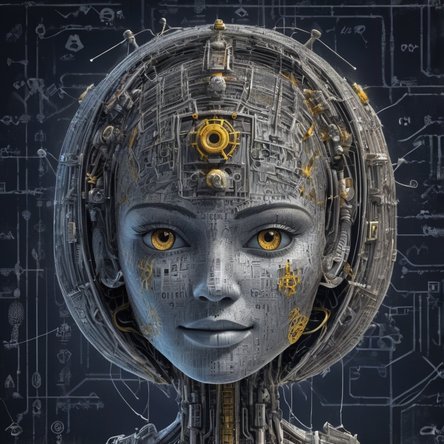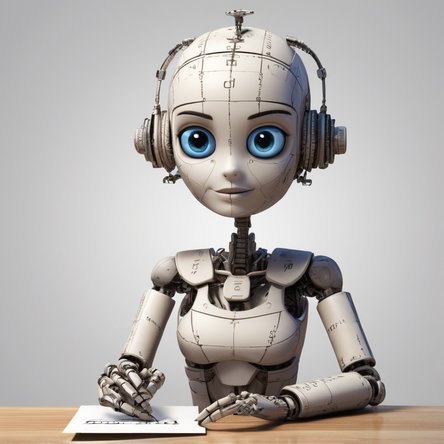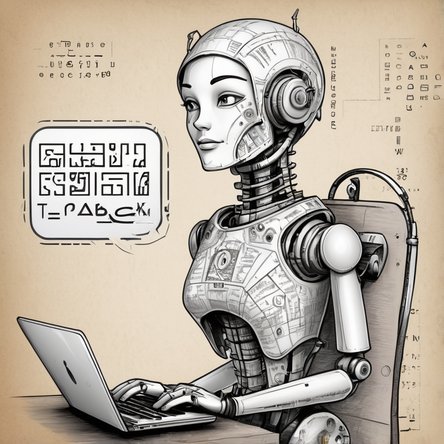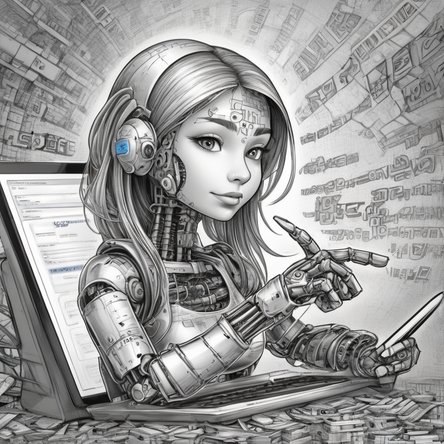Understanding CAPTCHA: A Comprehensive Guide
In the digital age, security and user experience are paramount. One of the tools that straddles these two concerns is the CAPTCHA, a seemingly simple test that distinguishes between human users and automated bots. CAPTCHA, which stands for "Completely Automated Public Turing test to tell Computers and Humans Apart," has become a ubiquitous feature on websites and online services. This guide delves into the origins, types, functioning, and implications of CAPTCHAs.
The Origins of CAPTCHA
The concept of CAPTCHA was developed in the early 2000s by researchers at Carnegie Mellon University, including Luis von Ahn, Manuel Blum, Nicholas J. Hopper, and John Langford. The primary motivation behind CAPTCHA was to prevent automated software from abusing online services, such as registering multiple accounts or engaging in malicious activities like spamming. The test was inspired by the Turing test, which was devised by the British mathematician and computer scientist Alan Turing in 1950 to determine whether a machine can exhibit intelligent behavior equivalent to, or indistinguishable from, that of a human.
Types of CAPTCHA
CAPTCHAs come in various forms, each designed to leverage human abilities that are challenging for automated systems to replicate. The most common types include:
Text-based CAPTCHA
The earliest and most common form of CAPTCHA involves distorted text that users must decipher and input into a text field. These texts are usually a combination of letters and numbers presented in a way that is readable by humans but difficult for bots to interpret. The distortion, noise, and overlapping characters make it challenging for optical character recognition (OCR) software to accurately read the text.
Image-based CAPTCHA
In response to the growing sophistication of bots, image-based CAPTCHAs were developed. These tests require users to identify objects or patterns within a set of images. For example, users might be asked to select all images containing traffic lights or to identify images with cats. This type of CAPTCHA relies on the human ability to recognize objects and patterns, which remains a complex task for automated systems.
Audio CAPTCHA
To accommodate visually impaired users, audio CAPTCHAs present a series of spoken words or numbers that users must type in. These tests are designed to be easy for humans to understand despite background noise and distortion but challenging for speech recognition software to interpret accurately.
reCAPTCHA
Developed by Google, reCAPTCHA is an advanced form of CAPTCHA that combines text and image recognition tasks. One of its iterations, reCAPTCHA v2, presents users with a checkbox labeled "I'm not a robot." If the system detects potentially automated behavior, it prompts the user to complete an additional task, such as selecting images. The latest version, reCAPTCHA v3, assigns a risk score to user interactions, eliminating the need for explicit challenges and seamlessly integrating into the user experience.
How CAPTCHA Works
CAPTCHAs work by exploiting differences in human and machine capabilities. Here’s a detailed look at how they operate:
Generation of Challenges
The CAPTCHA system generates challenges that are difficult for bots to solve but easy for humans. In text-based CAPTCHAs, random sequences of characters are distorted using various transformations, such as adding noise, rotating, or overlapping characters. For image-based CAPTCHAs, images are sourced from large datasets and categorized based on specific objects or patterns.
Presentation to Users
The generated challenges are presented to users during specific interactions, such as signing up for an account, submitting a form, or posting a comment. Users are required to solve the challenge to proceed. This step helps to filter out automated submissions and ensures that only human users can complete the interaction.
Verification
Once the user inputs their response, the CAPTCHA system verifies the answer against the correct solution. If the response matches, the user is allowed to proceed. If not, the user may be given another challenge or asked to try again. Advanced systems like reCAPTCHA v3 use risk analysis algorithms to assess user behavior and interactions, reducing the need for explicit challenges.
The Role of CAPTCHA in Security
CAPTCHAs play a critical role in enhancing the security of online services by mitigating various threats:
Preventing Automated Abuse
One of the primary functions of CAPTCHA is to prevent automated software, or bots, from abusing online services. Bots can be used for various malicious activities, such as creating fake accounts, spamming, scraping content, or launching distributed denial-of-service (DDoS) attacks. By filtering out bot traffic, CAPTCHAs help maintain the integrity of online platforms.
Enhancing Data Quality
CAPTCHAs help ensure that the data collected through online forms and registrations is accurate and trustworthy. By preventing automated submissions, they reduce the likelihood of receiving spam or fraudulent data, which can skew analytics and decision-making processes.
Protecting User Accounts
CAPTCHAs are commonly used during login attempts to protect user accounts from brute force attacks, where attackers use automated software to guess passwords. By introducing an additional layer of verification, CAPTCHAs make it significantly more difficult for attackers to gain unauthorized access to accounts.
Challenges and Criticisms of CAPTCHA
Despite their benefits, CAPTCHAs are not without challenges and criticisms:
Accessibility Issues
One of the major criticisms of CAPTCHA is its impact on accessibility. Traditional text-based and image-based CAPTCHAs can be difficult for users with visual impairments to solve. Although audio CAPTCHAs address this issue to some extent, they are not always effective and can be challenging for users with hearing impairments or non-native speakers.
User Experience
CAPTCHAs can also negatively impact the user experience by introducing friction into the interaction process. Users may find CAPTCHAs frustrating or time-consuming, leading to increased abandonment rates. The need to balance security and usability is a constant challenge for developers and service providers.
Advancements in Bot Technology
As bot technology advances, CAPTCHAs must continually evolve to remain effective. Machine learning algorithms and sophisticated OCR software are increasingly capable of solving traditional CAPTCHA challenges. This arms race between CAPTCHA developers and bot creators requires ongoing innovation and adaptation.
Future Directions of CAPTCHA
The future of CAPTCHA involves addressing its current limitations while leveraging emerging technologies to enhance its effectiveness:
Invisible CAPTCHAs
Invisible CAPTCHAs, such as reCAPTCHA v3, aim to reduce friction by analyzing user behavior and interactions to determine whether they are human or bot. These systems operate in the background, eliminating the need for explicit challenges and improving the overall user experience.
Behavioral Biometrics
Another promising direction is the use of behavioral biometrics, which analyze unique patterns in user behavior, such as typing speed, mouse movements, or touch interactions. These patterns are difficult for bots to replicate, providing a robust and seamless form of verification.
AI and Machine Learning
AI and machine learning can be leveraged to develop more sophisticated CAPTCHA systems that adapt to emerging threats. These systems can analyze vast amounts of data to identify and counteract new types of automated attacks, ensuring that CAPTCHA remains an effective security measure.
Conclusion
CAPTCHAs are a crucial component of online security, designed to differentiate between human users and automated bots. While they present certain challenges in terms of accessibility and user experience, ongoing advancements in technology offer promising solutions. By understanding the intricacies of CAPTCHA and staying informed about its evolution, we can better appreciate its role in safeguarding our digital interactions and maintaining the integrity of online services.




